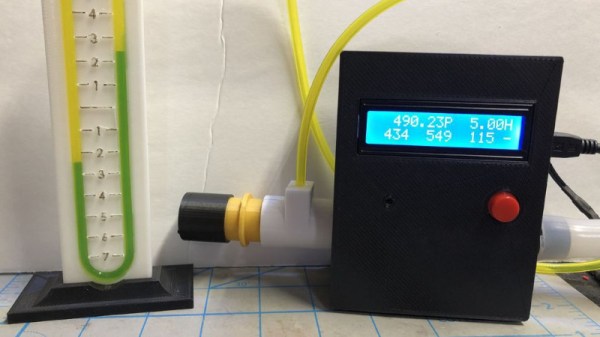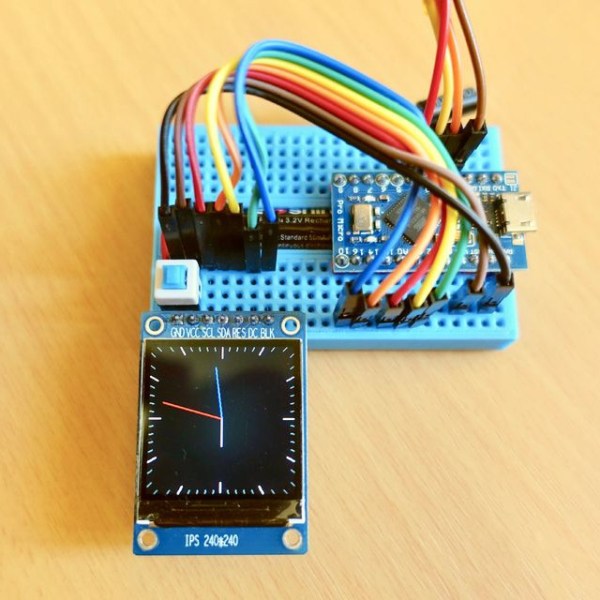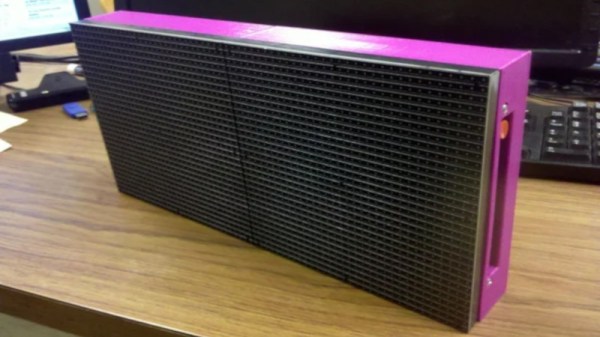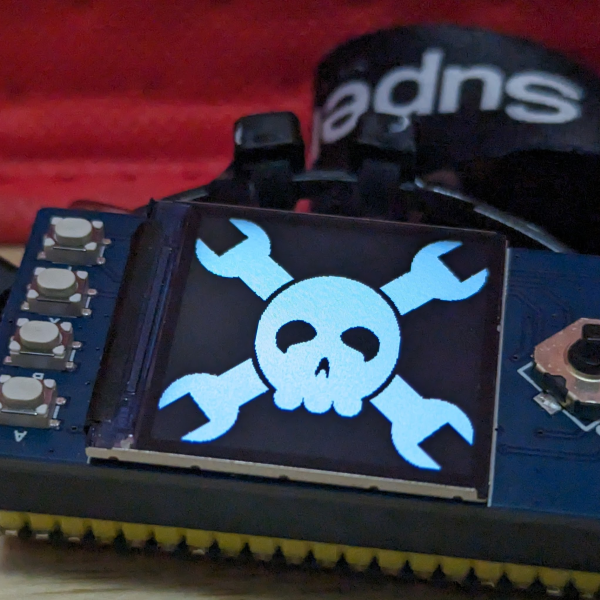Continuous Positive Airway Pressure machines are a common treatment tool for sleep apnea and other respiratory issues. A common problem with their use is that the mask becomes dislodged during sleep, and thus fails to provide airway pressure to the patient. [Bin Sun] decided to take a stab at solving this problem.
The project consists of an Arduino fitted with a MPXV7002DP pressure sensor. The sensor is used to monitor the pressure in the CPAP pipes. If the pressure varies regularly, it is likely the system is working. If however, the pressure remains at a roughly constant level, that suggests the mask is no longer properly fitted to the wearer, or that there is another problem. In this event, the device sounds a buzzer to wake the wearer, alerting them to check the equipment.
It’s a simple solution to the problem, and something we’re surprised isn’t built into most CPAP machines from the factory. It’s important to be careful before modifying any medical equipment, though we see plenty of hackers taking the plunge to innovate in this area.




















